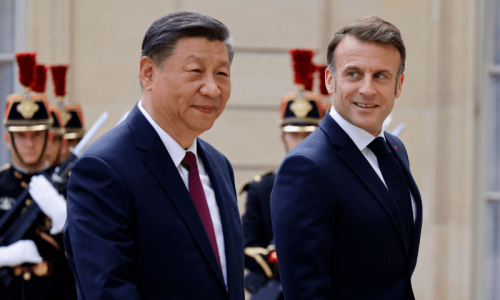DUBAI: It might take countries in the Middle East and Central Asia a decade to return to the economic growth seen before the coronavirus crisis, the International Monetary Fund said, as long-standing regional vulnerabilities weigh on their recovery.
Lack of diversification among oil-exporting countries and the reliance of oil importers on sectors like tourism, as well as their dependence on remittances, are likely to curb growth, the IMF said on Monday in its outlook for the region, which spans around 30 countries from Mauritania to Kazakhstan.
Oil-exporting countries have been hit the hardest. Oil prices are around 40 per cent below pre-crisis levels, slashing their main source of revenue and reflecting their limited success in diversifying their economies.
“The Covid-19 crisis represents the fastest-moving economic shock of its depth in recent history,” the IMF said.
Pakistan and other countries that rely on remittances from Gulf will see significant drop in inflows
Countries relying on remittances from the Gulf will also see a significant drop in inflows. “On average, remittances to Middle East, North Africa, Afghanistan, and Pakistan oil importers would take more than four years (twice as long as the recovery following both the global financial crisis and the 201415 oil shock) to recover to pre-crisis levels,” the IMF said.
Economic “scarring” — which includes long-term losses to growth, income and employment — is likely to be deeper and longer-lasting than after the 2008-2009 global financial crisis, it said.
Five years after that crisis, real gross domestic product in Middle East and Central Asia countries was more than 4pc below pre-crisis trends. “This time, given preexisting vulnerabilities, it is estimated that five years from now, countries in the region could be 12 per cent below the GDP level implied by pre-crisis trends, and a return to the trend level could take more than a decade,” said the IMF.
The Washington-based IMF expects economies in the region to shrink by 4.1pc this year, a contraction 1.3 percentage points larger than it forecast in April.
Published in Dawn, October 20th, 2020
















































Dear visitor, the comments section is undergoing an overhaul and will return soon.